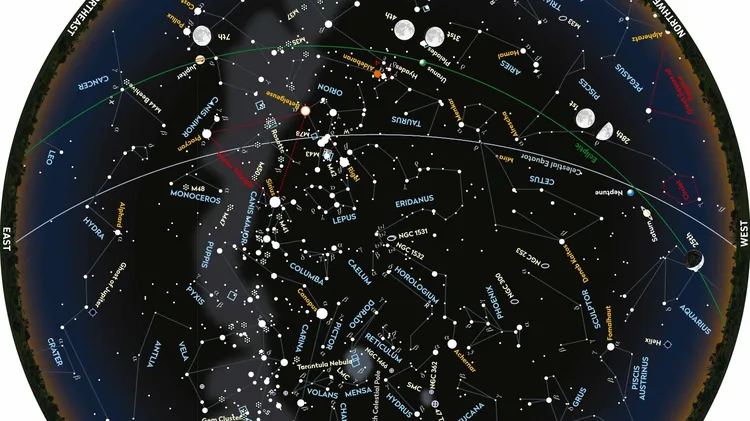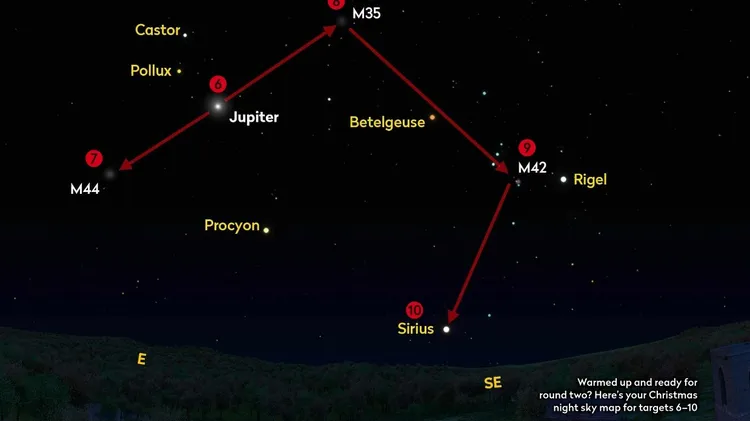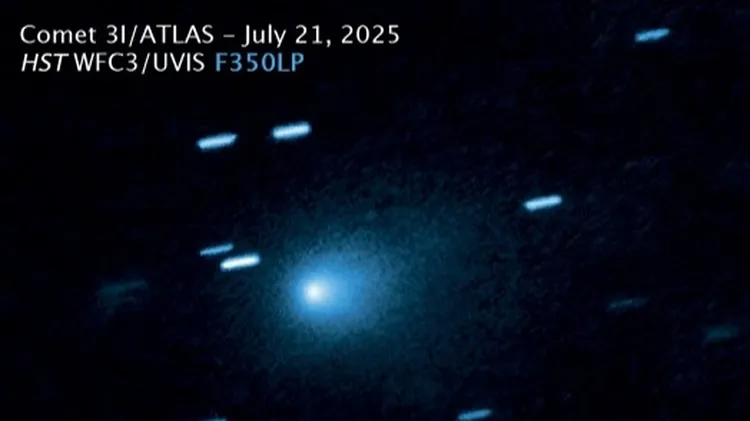Join us for some whale watching as we find widefield sights a
Binocular tour with steve tonkin
2 min read
This article is from...
Read this article and 8000+ more magazines and newspapers on Readly






